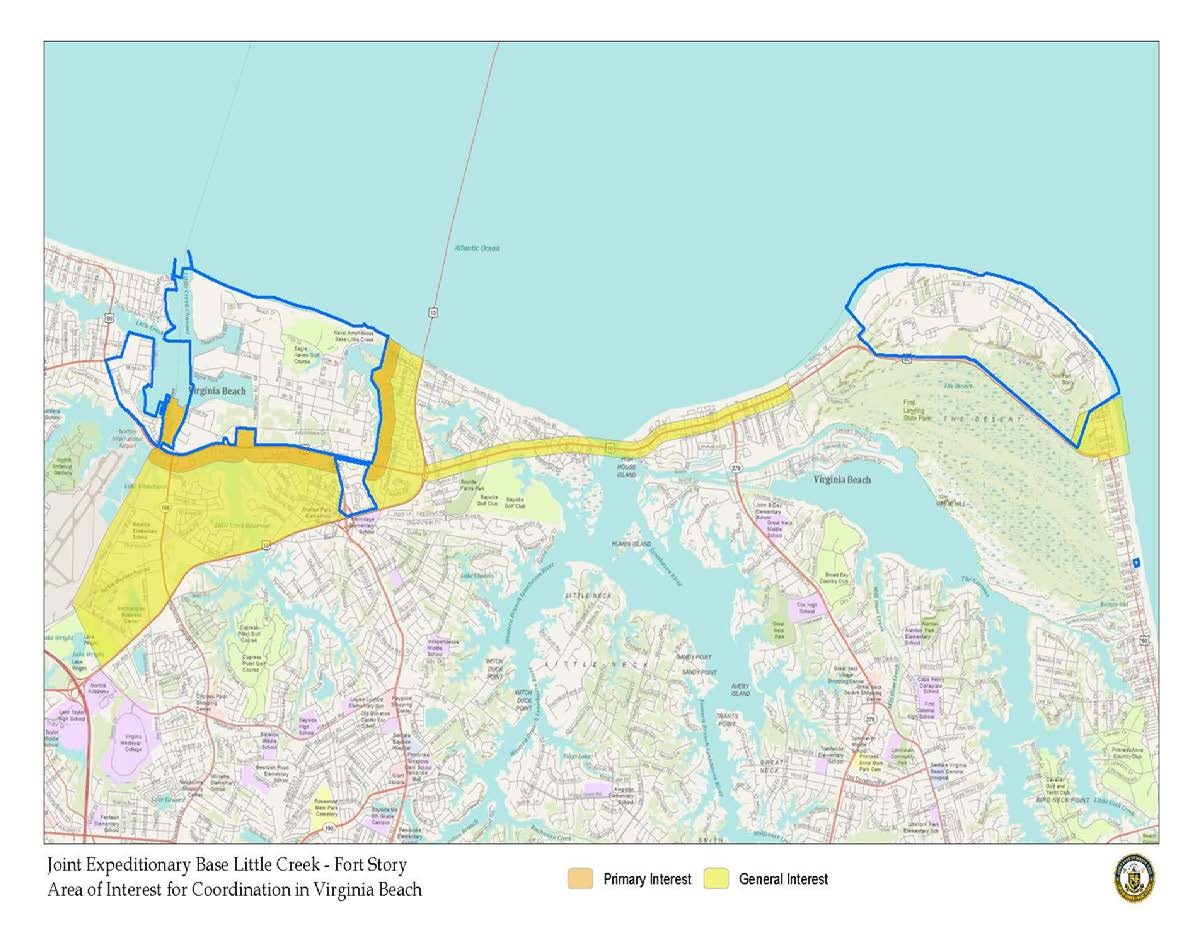Military Elements in a Comprehensive Plan
Main_Content
Maryland jurisdictions may want to consider developing a separate military element as part of an updated comprehensive plan. Such an element should be developed in close collaboration with a military installation, as well as other partners such as environmental organizations, economic development groups, and veteran's associations. In addition to any of the analyses and strategies listed in the
MD Comprehensive Plan Elements and Compatible Use Table, a military element might include the following:
-
Purpose: A description of why the jurisdiction is including a military element in the comprehensive plan. Purposes vary based on the local context and mission, but might include historically dependent development, jobs and the local economy, shared infrastructure, or community support for the military.
-
History: The history of a community and a base are often closely intertwined. A military element should briefly describe the founding of an installation, its growth and development in relation to that of the community, previous coordination efforts, and any conflicts or issues and how they were addressed.
-
Installation Description: A military element should thoroughly describe the mission, operations, objectives, and plans of a military installation. As a comprehensive plan often does for other key stakeholders and institutions within or adjacent to jurisdictions, such as hospitals and universities, it should communicate how an installation works and the benefits it contributes to the community. A comprehensive plan is a public document that tells a story about where a community is, how it got there, and where it wants to go. A military element should embed the details of a facility within that narrative. Jurisdictions are encouraged to use installation information found in the
Military Installations in Maryland tab in their comprehensive planning efforts but should also coordinate with representatives of an installation.
-
Challenges/Threats: Depending on the mission, military installations may have specific threats posed by development outside of the gates. Following the description of the installation in the previous section, a military element should examine and detail these challenges, so residents and other stakeholders better understand why the comprehensive plan promotes certain growth decisions, development restrictions, and capital investments designed to support the installation. Understanding that sensitive or national security details of facilities cannot be described in a public document, the military element should balance the informational needs of its residents and stakeholders with the security needs of the installation.
-
Supportive Plans, Partnerships, and Organizations: Typically, military installations and their surrounding jurisdictions already have previously developed plans and formal partnerships, which a military element should describe. If an AICUZ or CUS have been completed, the military element should summarize the documents and describe how the analysis, conclusions, and recommendations they contain inform the comprehensive plan. Jurisdictions may want to consider copying text, objectives, or strategies directly from these plans into the military element. Similarly, collaborative organizations such as
military alliances should also be described, and methods through which their resources may be leveraged endorsed as comprehensive planning strategies.
Areas of Interest - 2019 Virginia Beach Comprehensive Plan

-
Areas of Collaboration/Shared Interest: Following the description of the installation and an analysis of challenges to the mission, a military element should develop and describe areas of shared interest and collaboration. These could be spatial areas, such as those in the Areas of Interest Map from the 2018 Virginia Beach Comprehensive Plan Section 1.6 – Military Installations and Support (see above). Page 1-135 of that plan states that the “Department of Planning & Community Development provides the base Community Planning Liaison Officer (CPLO) an opportunity to review and comment on development applications located in the Areas of Interest, prior to Planning Commission or City Council public hearing.” By designating specific areas of shared interest, and establishing protocols for communication and mutual review, a military element can help prevent encroachment issues and threats to an installation's mission. Areas of shared interest need not only be spatial, they might also include topical areas such as infrastructure development, environmental preservation, general communication, and community facilities.
-
Goals, Objectives, Policies, Strategies: An effective military element must go beyond mere description of the military presence to formulate goals, objectives, policies, and strategies that establish a roadmap to compatibility.
-
Goals: Themes guiding the jurisdiction into the future that describe a desired end state
-
Example: A community in which neighborhoods, businesses, and [fill in name of military installation] grow in accordance with mutually shared interests and understanding
-
Objectives: The means for achieving these themes
-
Example: Establish a base-jurisdiction compatibility committee to oversee implementation of the military element and coordinate review of development proposals
-
Policies: Standards/Rules for decision-making
-
Example: Development should avoid impacts on sensitive areas and those areas which encroach upon the mission of [fill in name of military installation]
-
Strategies: Specific implementation actions and/or processes to address how goals, objectives, and policies can be achieved. Usually proactive in nature.
-
Example: Pursue REPI funding to preserve properties identified in the Military Buffers Area Map
-
Implementation: A military element, like any portion of a comprehensive plan, is only as good as its implementation. As an extension of the strategies described above, this section should outline a schedule through which funding, staffing resources, and partnerships will be applied to implement the objectives of the military element. Implementation measures might incorporate infrastructure spending on transportation facilities supportive of the installation in the Capital Improvement Program (CIP), benchmarks to preserve a certain percentage of facility adjacent farmland by a given year, the creation of a new staff position dedicated to coordination with a base, or the development of a
Military Overlay Zoning District. This website includes
resources,
best practices, and
case studies that jurisdictions should consider as they develop and implement compatibility components of comprehensive plans.